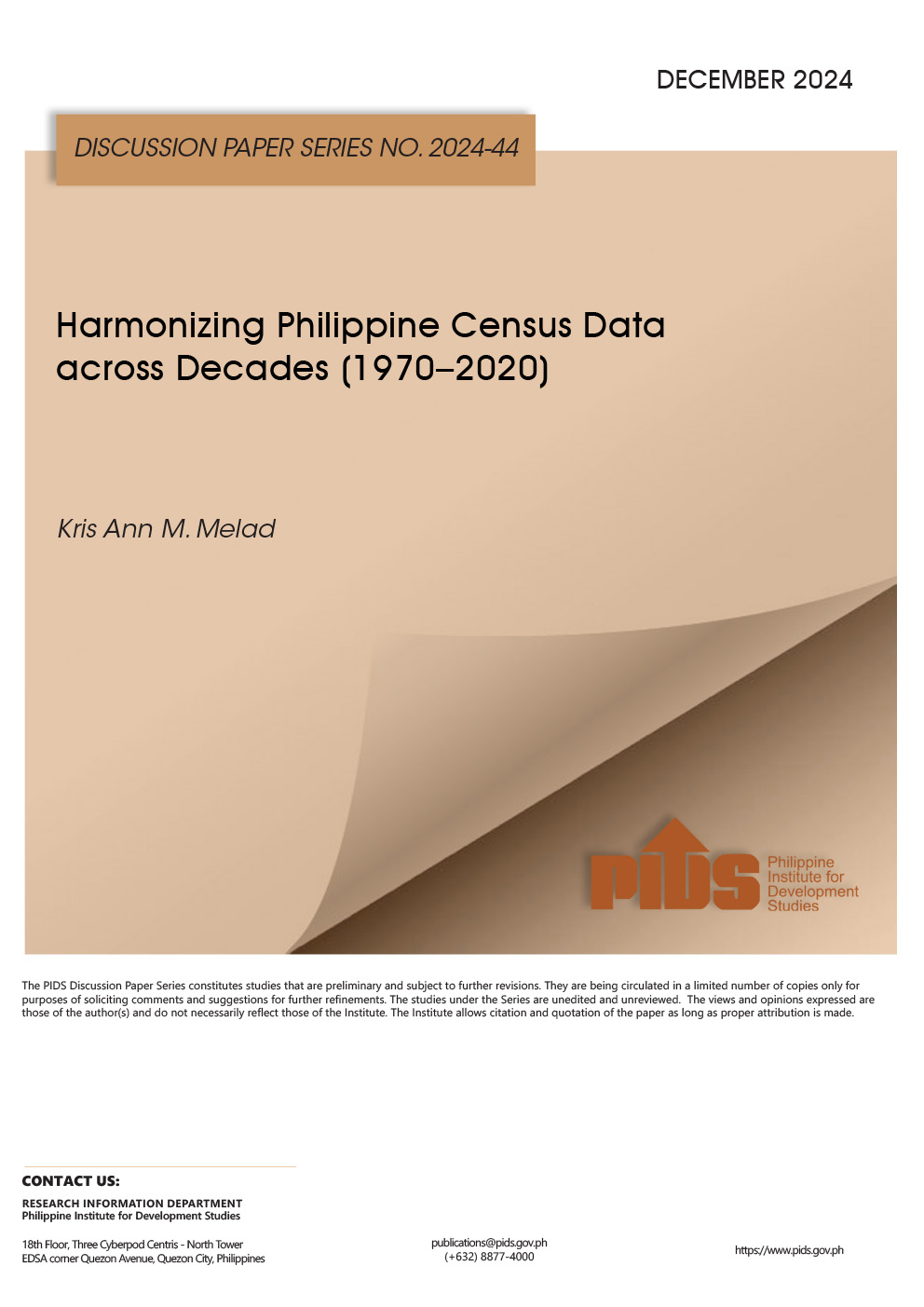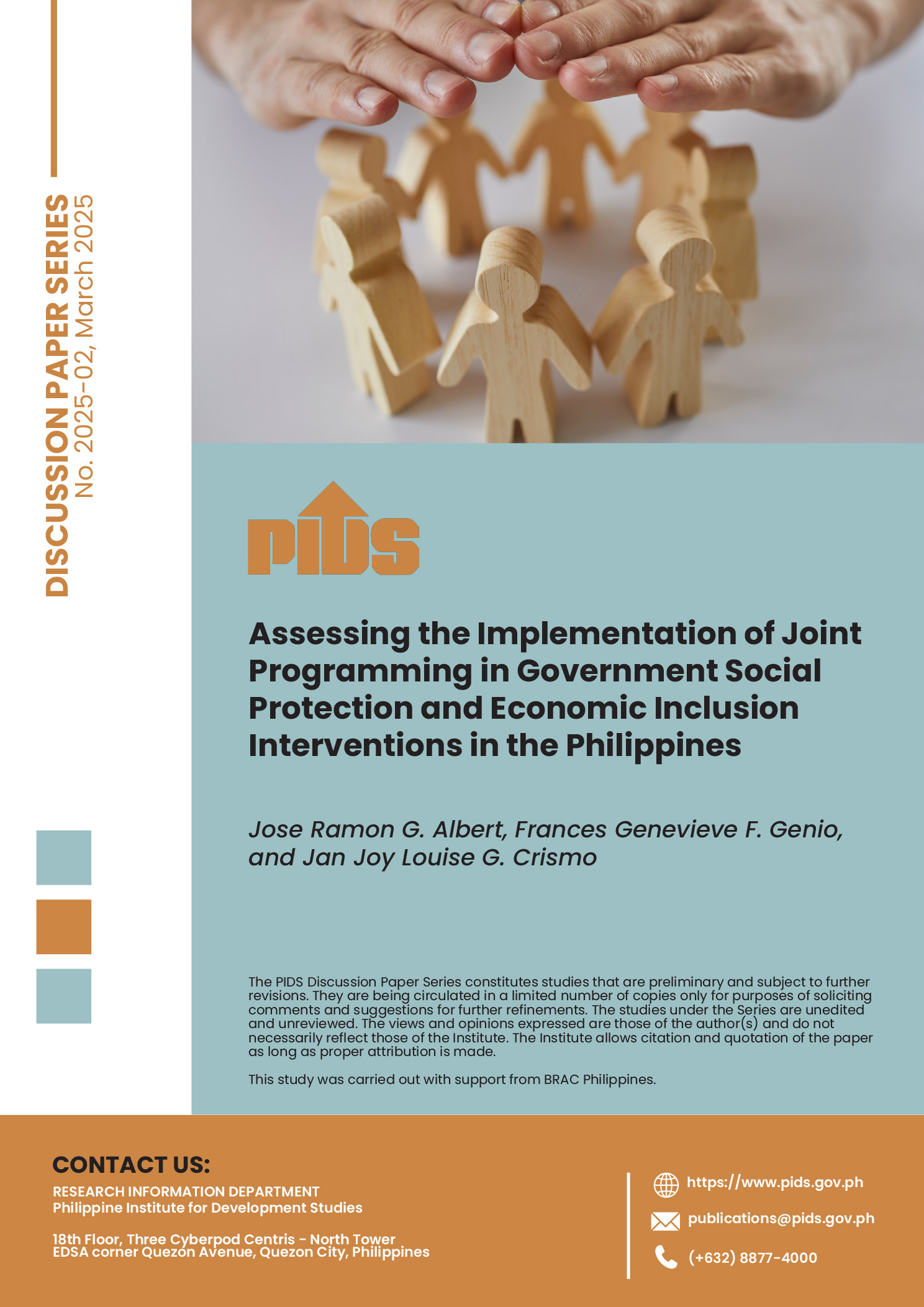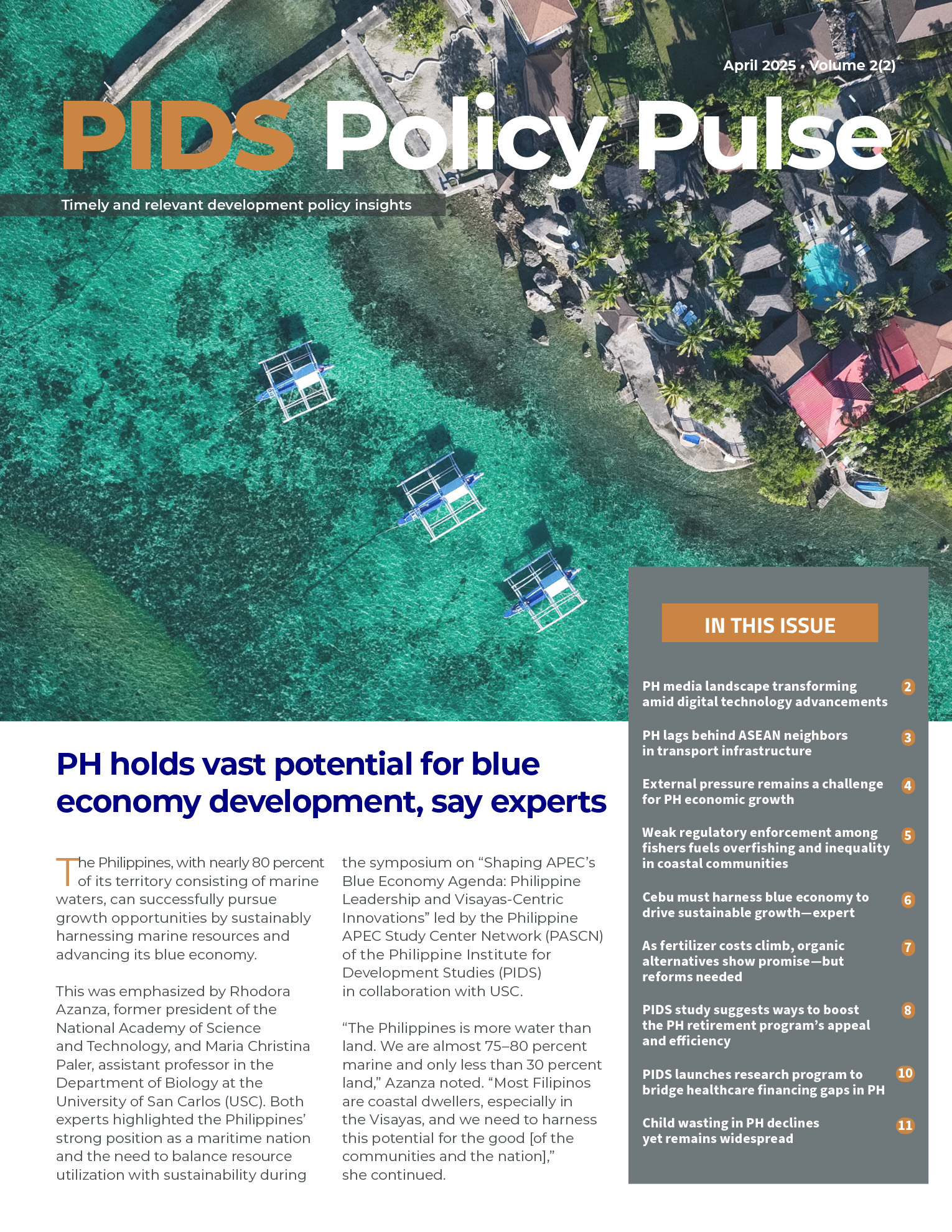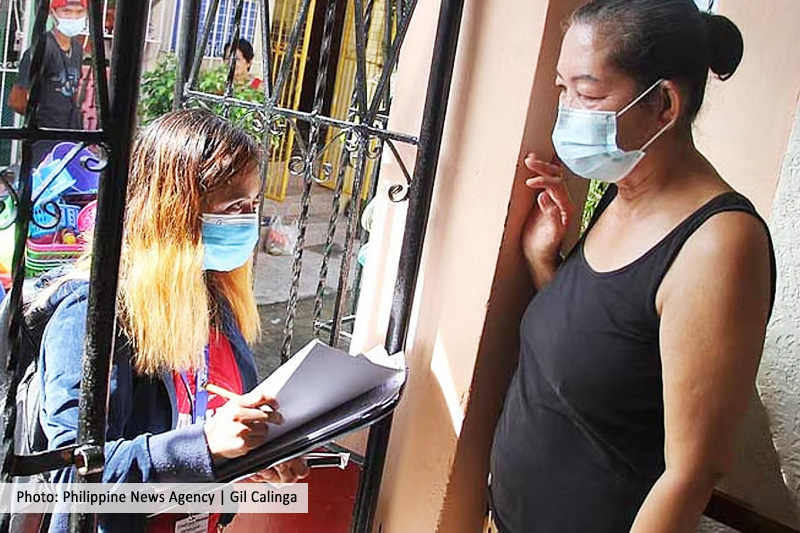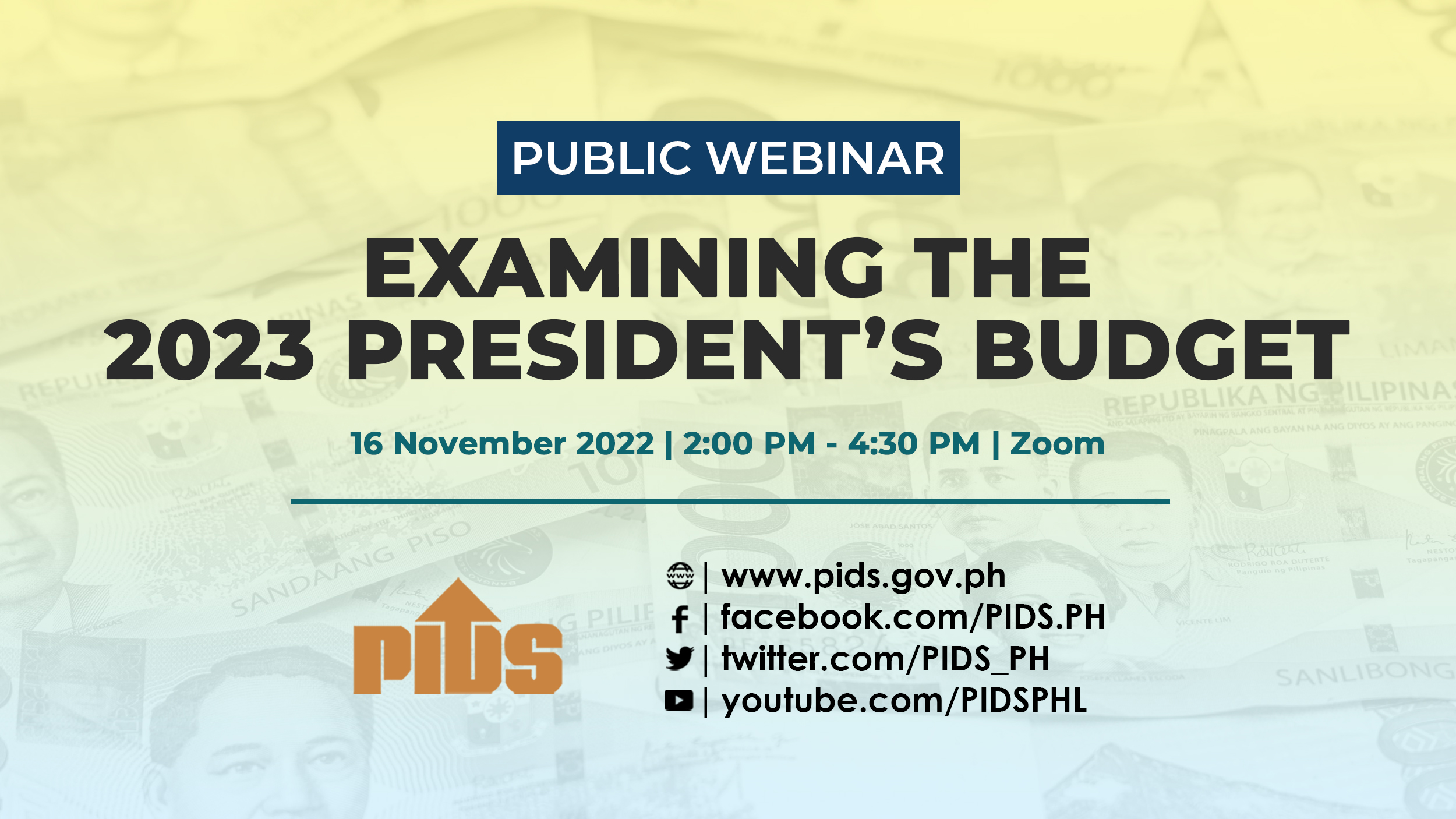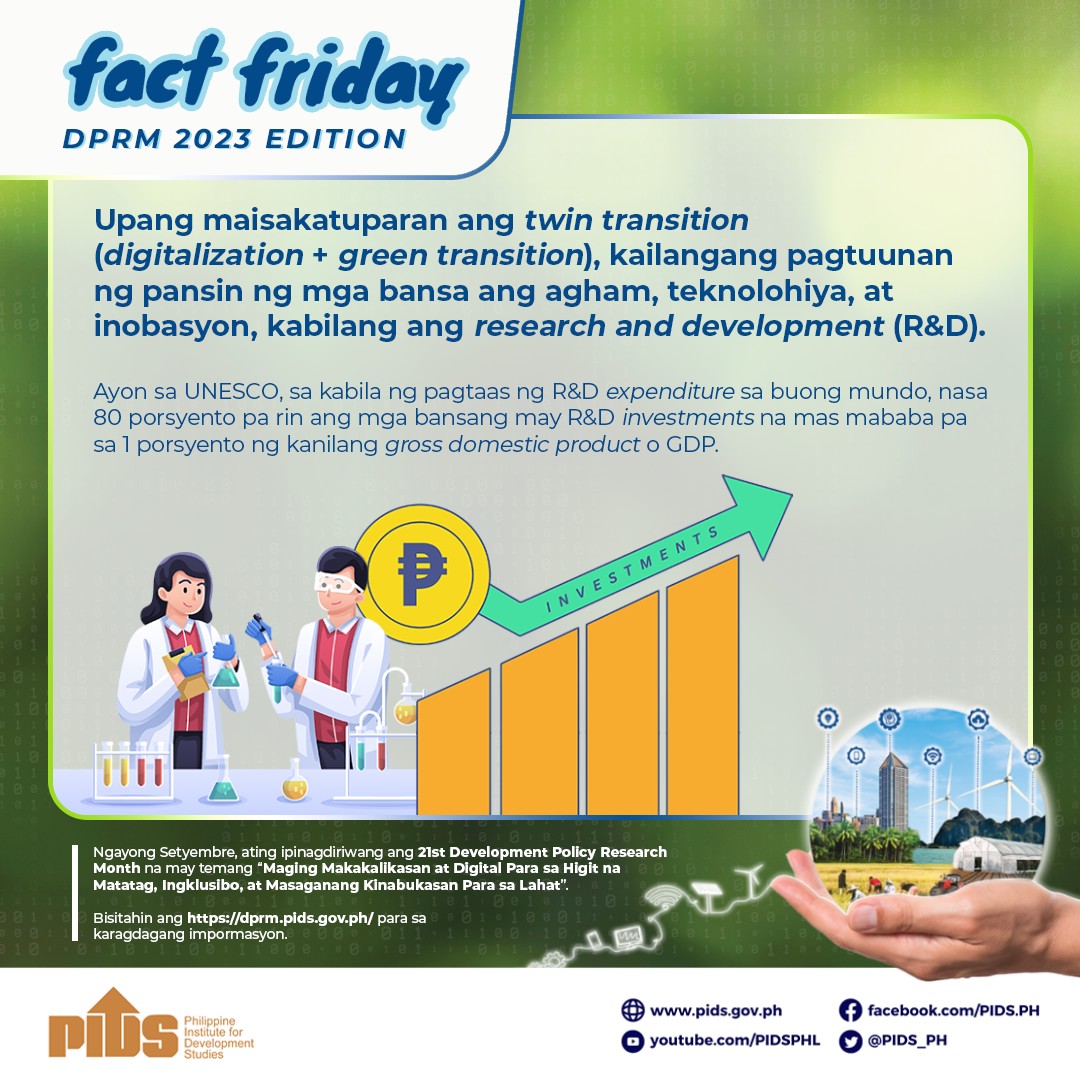THE country’s budget deficit target could be attained by 2028 if the government removes billions of pesos worth of rice subsidies that “accomplish little” in improving production and nutrition, according to the Philippine Institute for Development Studies (PIDS).
In a discussion paper, PIDS researchers led by Senior Research Fellow Roehlano M. Briones said the government spends P30 to P40 billion annually in terms of subsidies to support producers, expand domestic supply, and keep down consumer prices, especially for rice.
However, the researchers said Food and Nutrition Research Institute (FNRI) data showed Filipino households need to spend an additional P20.7 or P21 everyday to be able to afford a nutritious diet. The recommended diet costs P68.2 per day but households were only spending P47.5 on average.
“The subsidies accomplish little in terms of outcomes such as faster improvements in nutrient intake of households. The added financial burden is, however, substantial—about P30 to P40 billion per year, which the government can itself ill afford in an era of fiscal imbalance,” the PIDS researchers said.
“The projected deficit in 2024 might be lowered by 4 percent if this spending were avoided, hastening attainment of the deficit target of 3 percent of GDP by 2028,” they added.
The high food costs nationwide have caused Filipinos to underspend on certain food that are crucial to good nutrition, while overspending for rice.
Given the current conditions, the team estimated that while most Filipino households can afford adequate levels of energy and protein by 2030, this will not be the case for Vitamin A.
“By food group, households were [currently] underspending for fats and oils, milk and milk products, eggs, fruits, and vegetables. Meanwhile there is overspending for meat, fish, and nuts, and starchy staples (mostly rice),” the researchers said.
High food costs, the PIDS researchers said, prompted the government to implement “unprecedented policies” including “bloating” the Department of Agriculture budget, imposing rice price ceilings for rice, and selling rice through Kadiwa stores at P25 per kilogram of rice.
However, the authors said, consistent income growth could address this by allowing more households to afford food—including nutritious food that does not only involve rice consumption—nationwide.
The researchers said lower inflation will also help achieve food affordability for most of the population with regard to energy and protein.
“The interrelationships at general equilibrium imply that the two are connected – rapid economic expansion overall is accompanied by slower but still sustained growth of agriculture, and therefore easing up of food prices,” the researchers said.
PIDS said the study found that maintaining current economic trends will not be enough to ensure food affordability and adequate nutrient intake for all Filipinos by 2030.
However, it lays out two promising paths to a more nourishing future—one is paved with productivity-driven progress and the other is built on strategic rethinking of food subsidies.
The paper employed scenario analysis considering the interconnectedness of different sectors within the Philippine economy, including production, consumption, and trade.
The most promising outlook emerges on investing in broad-based productivity across the entire food system. This approach fosters economic growth, leading to lower food prices, improved household income, and a greatly enhanced nutrient intake for a sizable portion of the population.
“Investing in general services like research and development and infrastructure is an effective strategy for achieving affordable diets,” the authors said. “Long-term government investment in these areas, especially in agriculture, is seen as a more efficient approach to enhancing food affordability and dietary quality,” they continued.
They caution that relying solely on existing economic trends will leave many Filipinos struggling to afford nutritious food by 2030. According to them, the costs for both producers and consumers are expected to rise moving forward in this scenario.
It indicates that while most households could secure sufficient calories, Vitamin A deficiencies might persist. This highlights a potential nutritional gap despite adequate energy intake.
Targeted interventions
Meanwhile, while the study acknowledges the limited effectiveness of simply subsidizing rice, it also recognizes the potential value of targeted interventions.
By strategically focusing on vulnerable groups or key commodities, carefully designed subsidy programs can offer a valuable tool for supporting those most at risk.
However, the authors emphasize the importance of moving beyond a singular focus on rice and adopting a more nuanced approach that tackles food affordability holistically.
“Despite the lower price of rice in a Subsidy scenario, about 45 percent of calorie availability of Filipinos already obtained from non-cereal sources, hence policies that focus on just the key staple may be insufficient to make a serious dent in the size of total calorie intake,” expounded the authors.
“Adopting a transformative agenda that prioritizes broad-based productivity enhancements alongside targeted interventions holds the key to ensuring a future where nutritious food is accessible and affordable for all Filipinos,” the authors stressed.
They emphasize that prioritizing productivity and embracing a holistic approach can help the Philippines take decisive steps towards achieving its ambitious goal of ending hunger by 2030.

